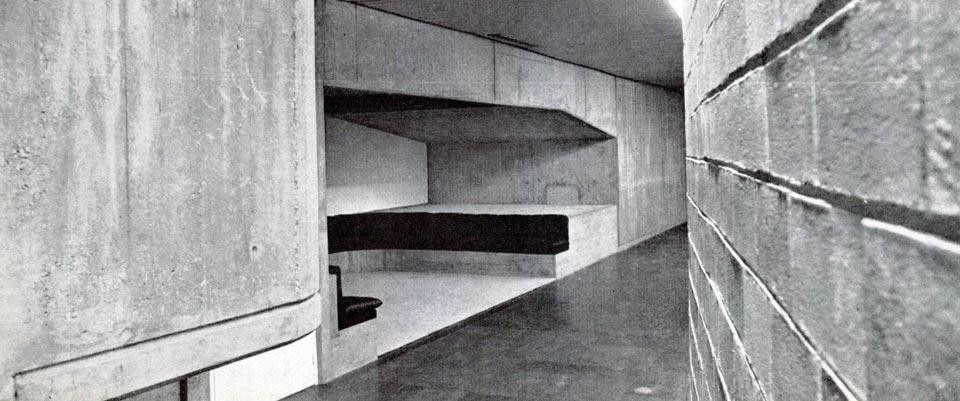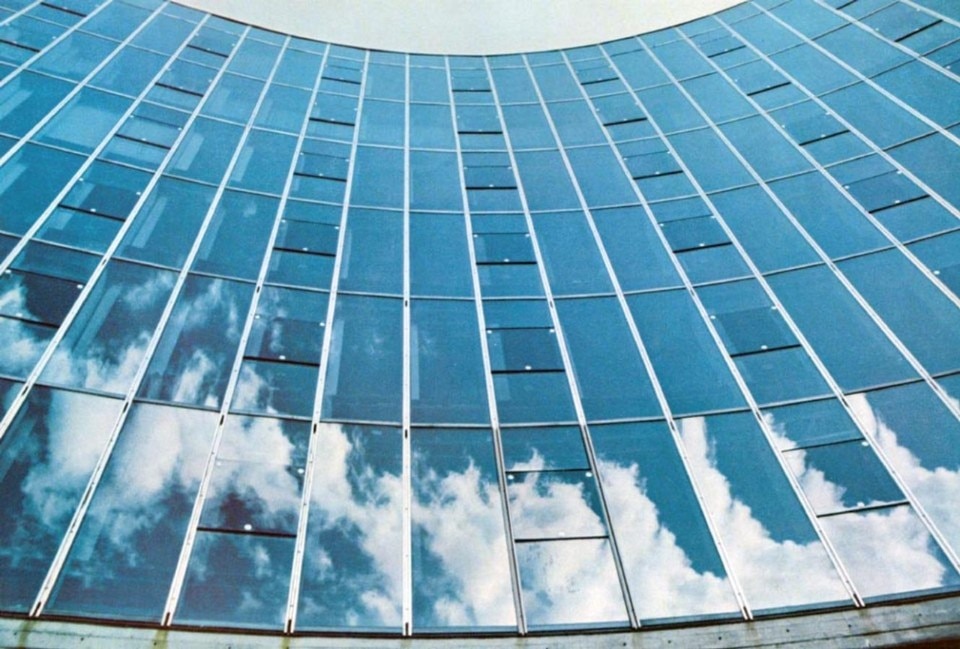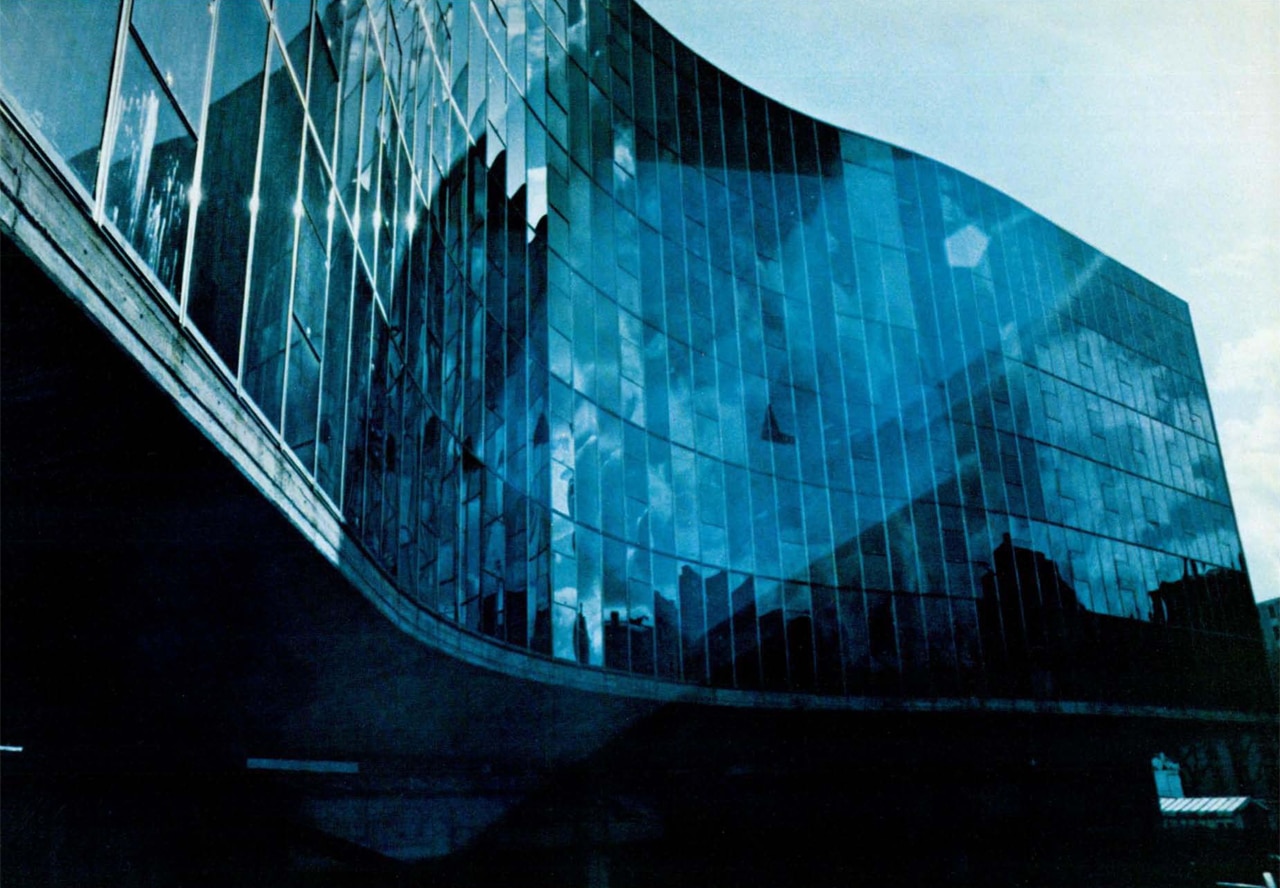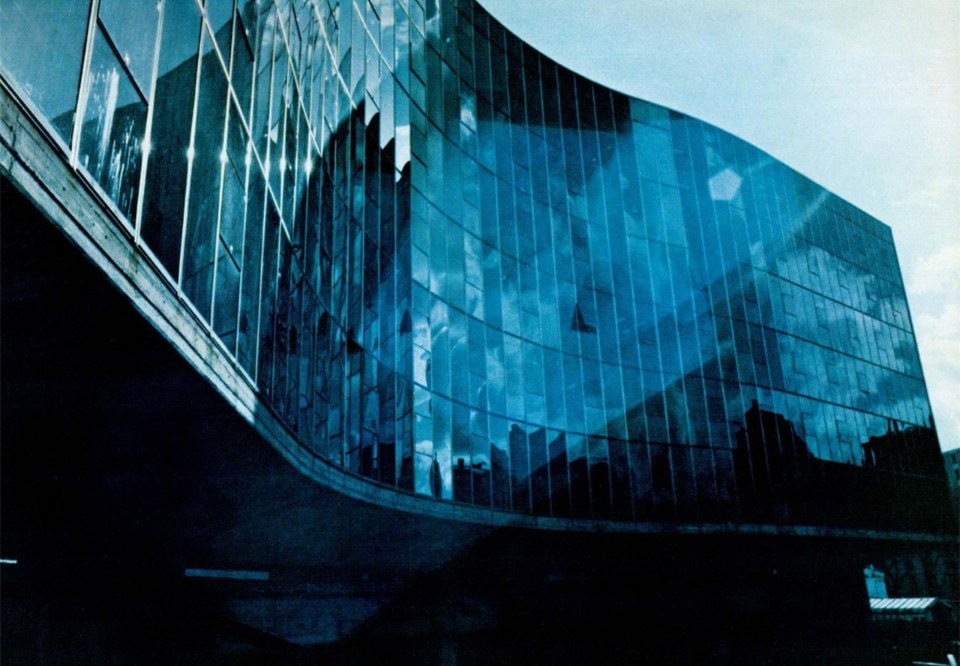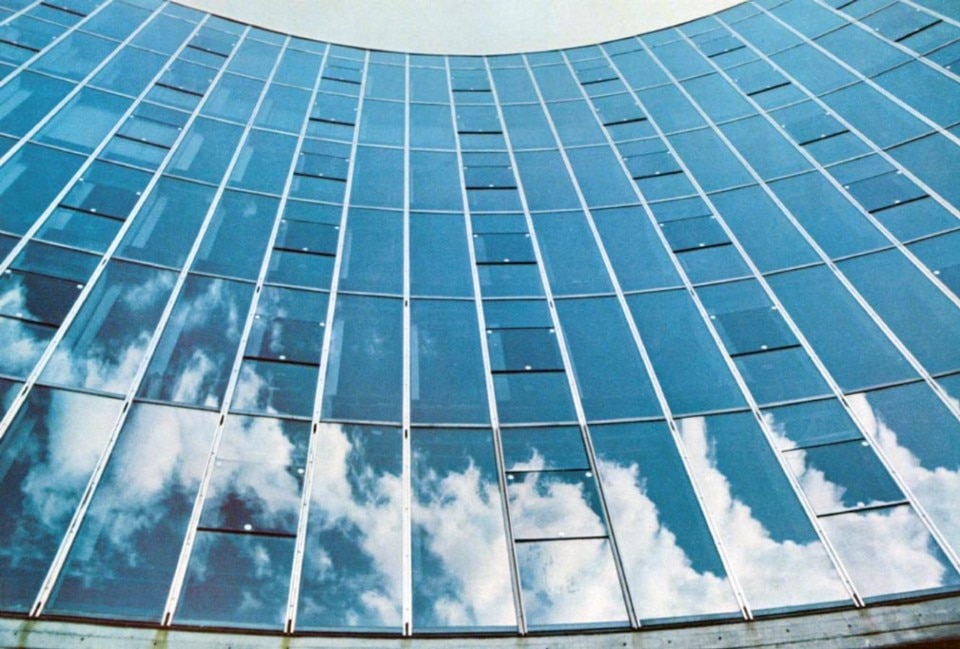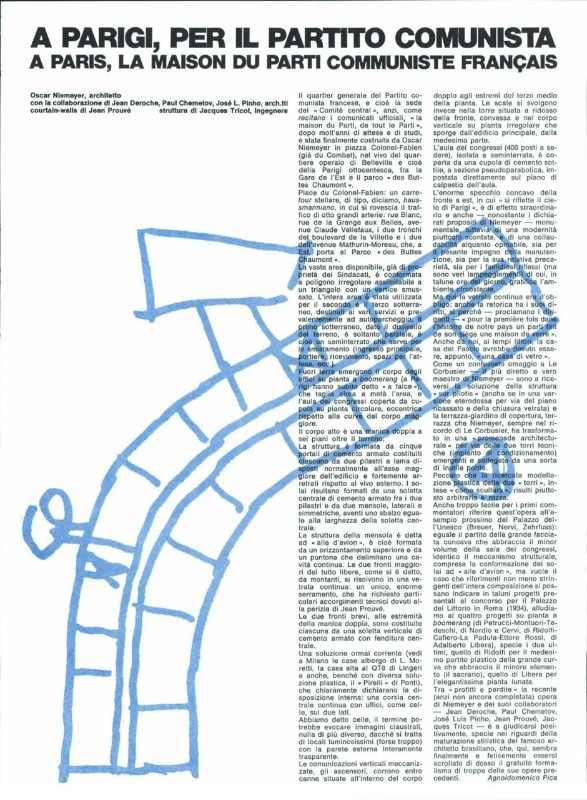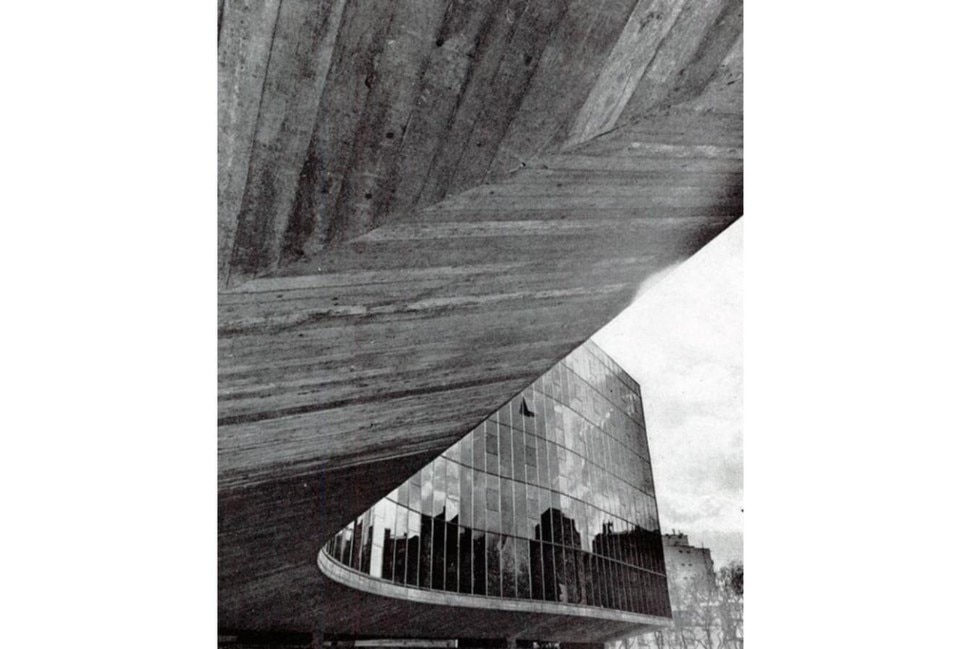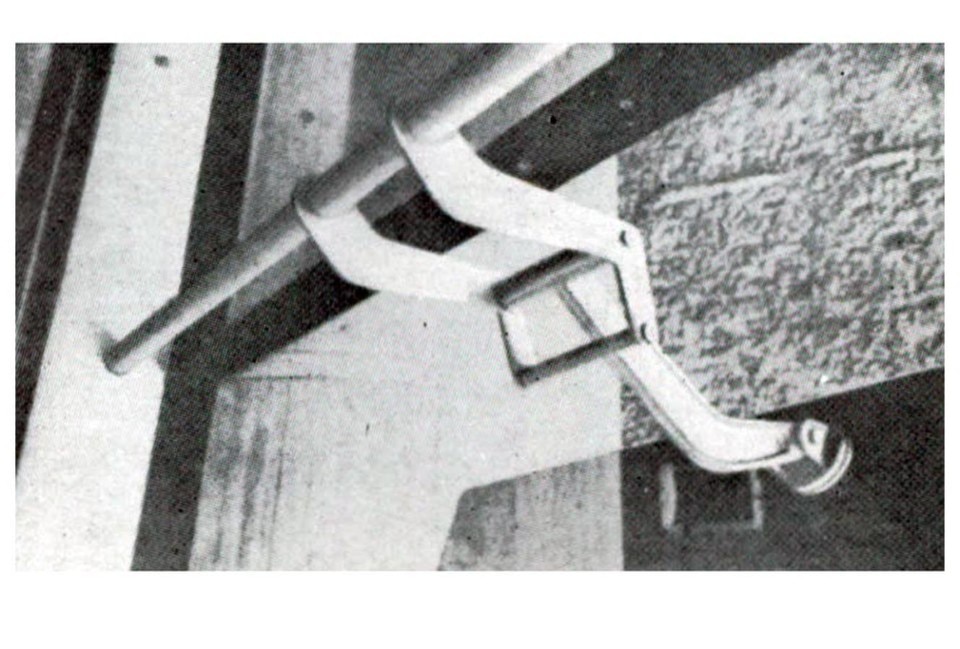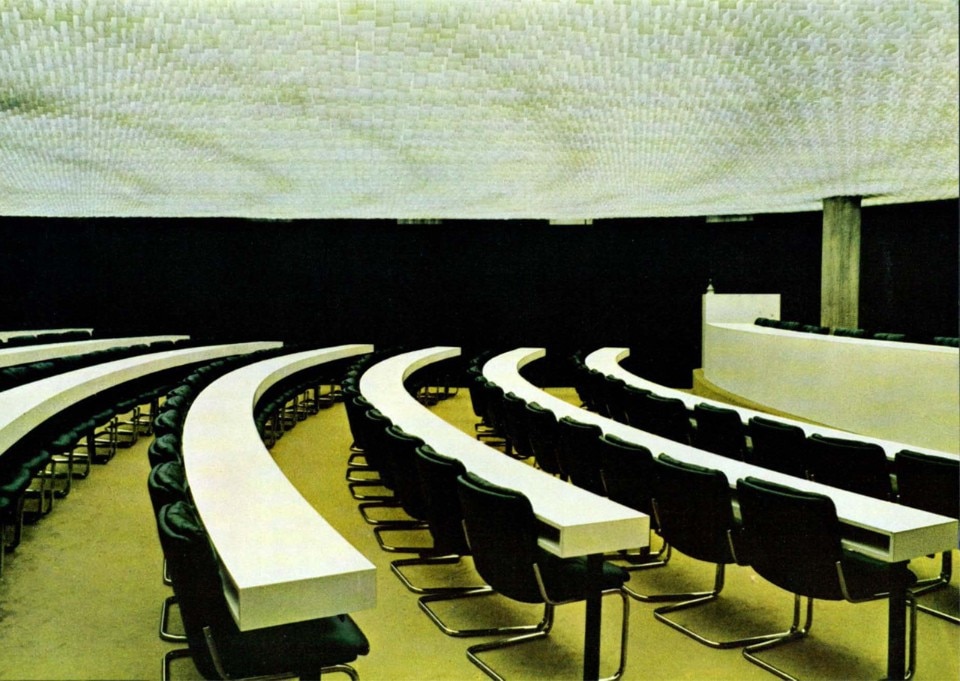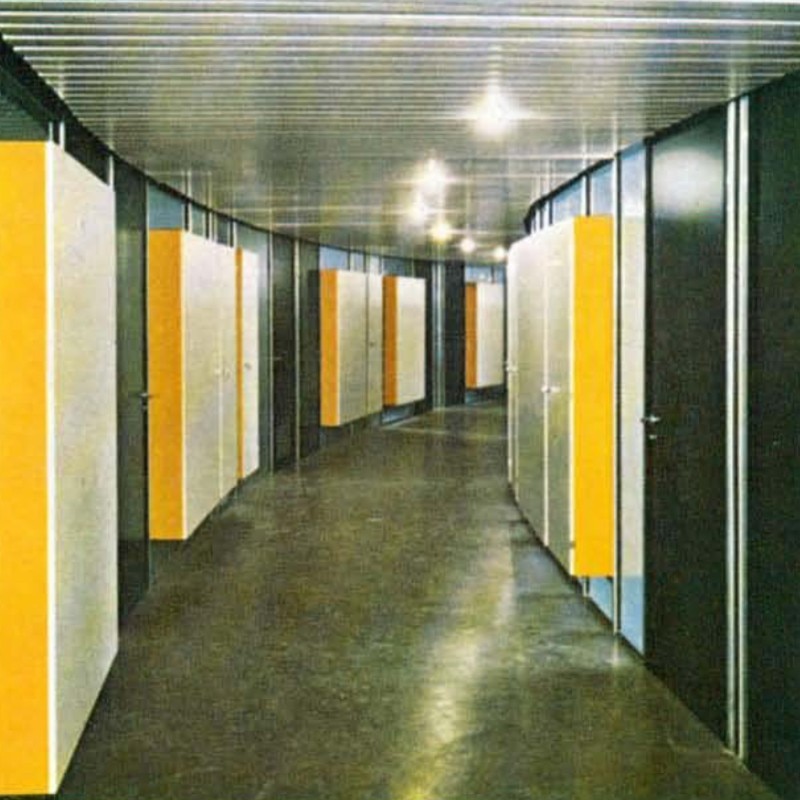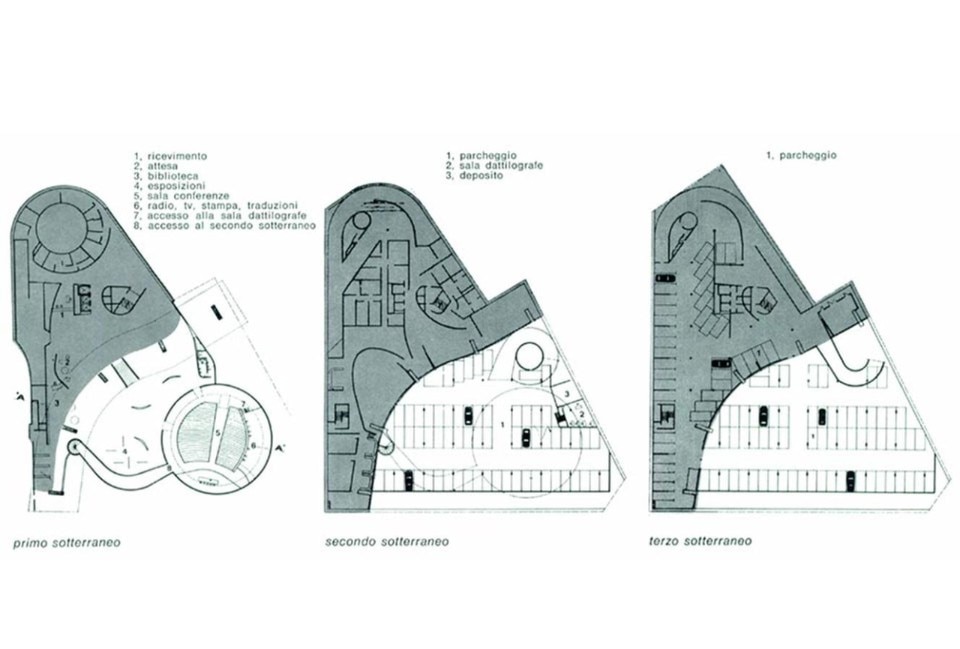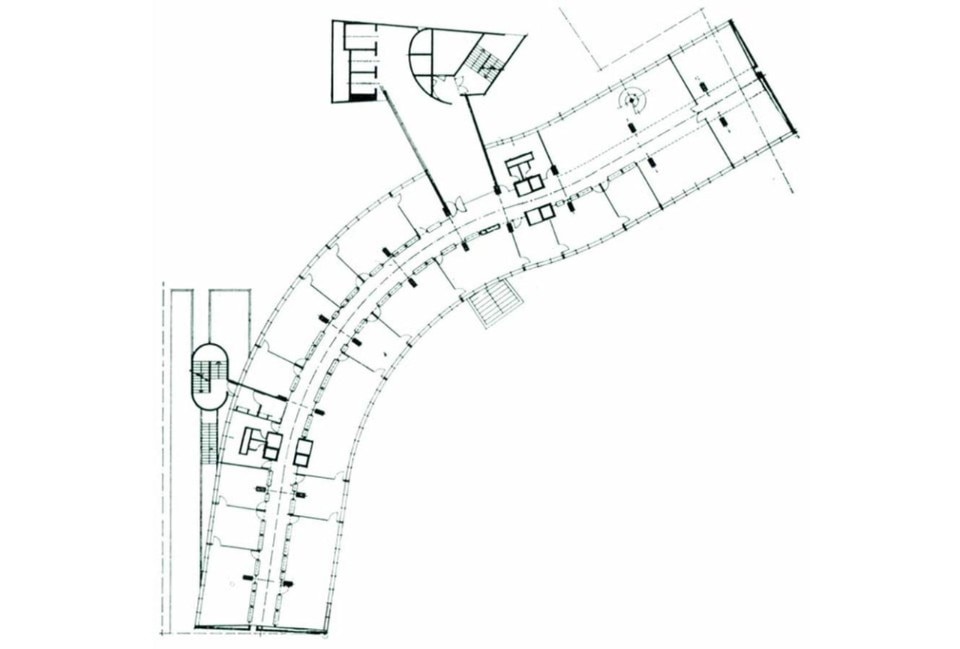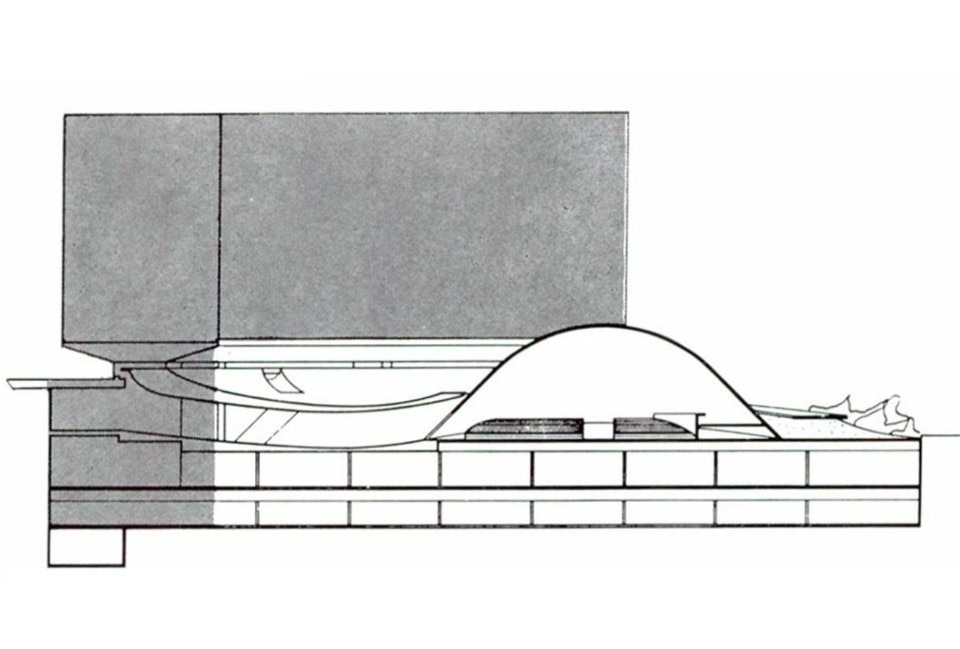Oscar Niemeyer’s activity in Europe gathered around a collected list of gems, almost all of them instantly becoming true icons of his style, often chosen as settings for films and different expressions of art. In June 1972, Domus published on issue 511 the headquarters Niemeyer designed for the French Communist Party in Paris, on the place Colonel Fabien. Across the design trajectory of the Brazilian architect, this work is regarded as an emblematic case, not only because it was born from a collaboration with figures such as Jean Deroche, Paul Chemetov, José L. Pinho, Jean Prouvé, and Jacques Tricot, but also for the significance of the project, since the architect was a firm, lifelong Communist, the one to be described by Fidel Castro himself as “the only communist left in this world”, along with him.
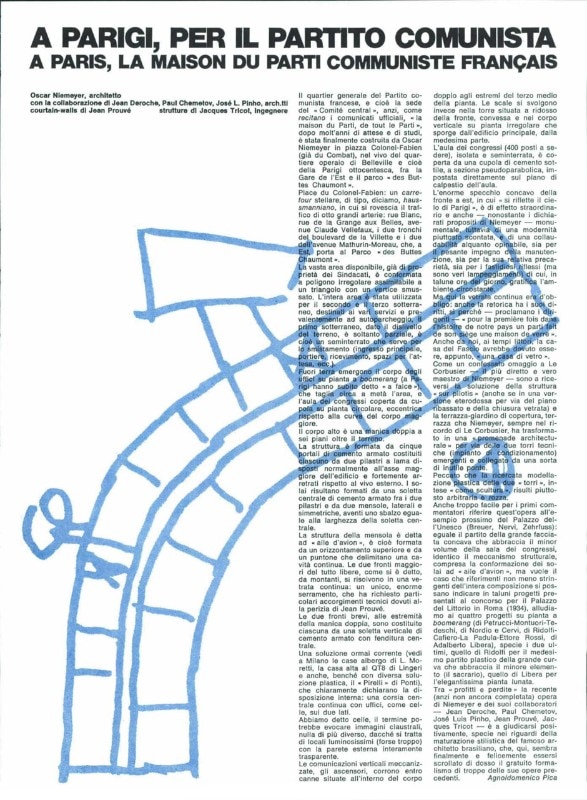
After many years of waiting and preliminary work the French Communist Party’s central committee headquarters, or, as the official bulletins declaim, “la maison du Parti, de tout le Parti”, has at last been built – by Oscar Niemeyer. It stands in place Colonel-Fabien (formerly place du Combat), in the heart of Paris’ 19th century, working class district, Belleville, between the Gare de l'Est and the park “des Buttes Chaumont”.
Place du Colonel-Fabien is a star-shaped carrefour, in what might be called the Haussmann style. Traffic from eight main roads pours into it: from the rue Blanc, the rue de la Grange aux Belles, avenue Claude Vellefaux, the two streams from boulevard de la Villette and the two from avenue Mathurin-Moreau which, on the east side, leads to the park “des Buttes Chaumont”.
The extensive area available – formerly owned by the trade unions – may be compared to an irregular polygon or to a triangle with a blunt apex. The whole site has been utilized for the second and third basement floors, designed for miscellaneous services and primarily to provide parking lacilities, while the first basement, owing to the uneven level of the ground, is only partly below ground. It incorporates the main entrance, which is a narrow entrance, and the large hall, the “foyer” (with exhibition space, library etc.)
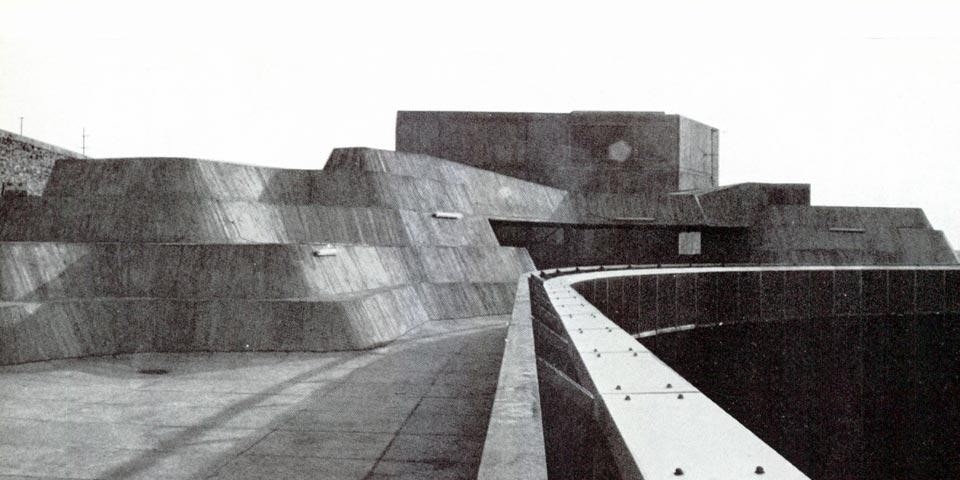
Above ground emerges the main office block in a boomerang arrangement (the Parisians immediately decided it must be a “sickle”), which cuts the area roughly in half; and the conference hall, covered by a dome, built on an eccentric circle in respect to the main block. The vertical block is six storeys high above ground level. The structure consists of five reinforced-concrete portals each consisting of two blade pillars arranged normally at the major axis of the building and set strongly back from the exterior live. The floors appear to consist of a central reinforced concrete slab between the two pillars and two corbels, lateral and symmetrical, having an overhang equal to the width of the central slab. The corbel structure is called an “aile d’avion”, that is, it is formed by an upper horizon and a strut that delimit a continuous cavity.
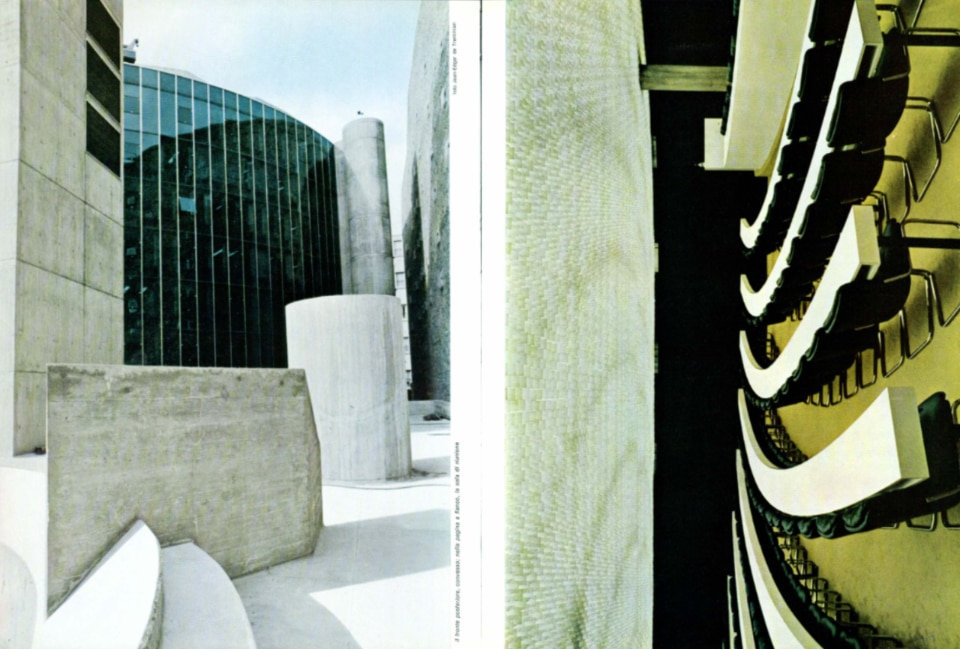
The two main fronts are completely free of supporting struts and form a continuous courtain wall, the special technical devices of which are due to the expert skill of Jean Prouvé. The enormous concave mirror on the east front, in which “the Paris sky is reflected”, gives an outstanding and also – despite Niemeyer’s statements on the subject – monumental effect.
A now-current solution (see in Milan L. Moretti’s case-hotels, Lingeri’s high house at QT8, and also, though with a different plastic solution, Ponti’s “Pirelli”), which clearly state the interior layout: a continuous central aisle with offices, like cells, on either side. We said cells, the term might evoke cloistered images, nothing more different, since these are brightly lit rooms, with the outer wall entirely transparent. Mechanized vertical communications, the elevators, run within canes located inside the double body at the extremes of the middle third of the plan. The stairs, on the other hand, run in the tower located close to the front, convex, and in the vertical body on an irregular plan projecting from the main building on the same side.
The building resulted from collaboration with figures such as Jean Deroche, Paul Chemetov, José L. Pinho, Jean Prouvé, and Jacques Tricot
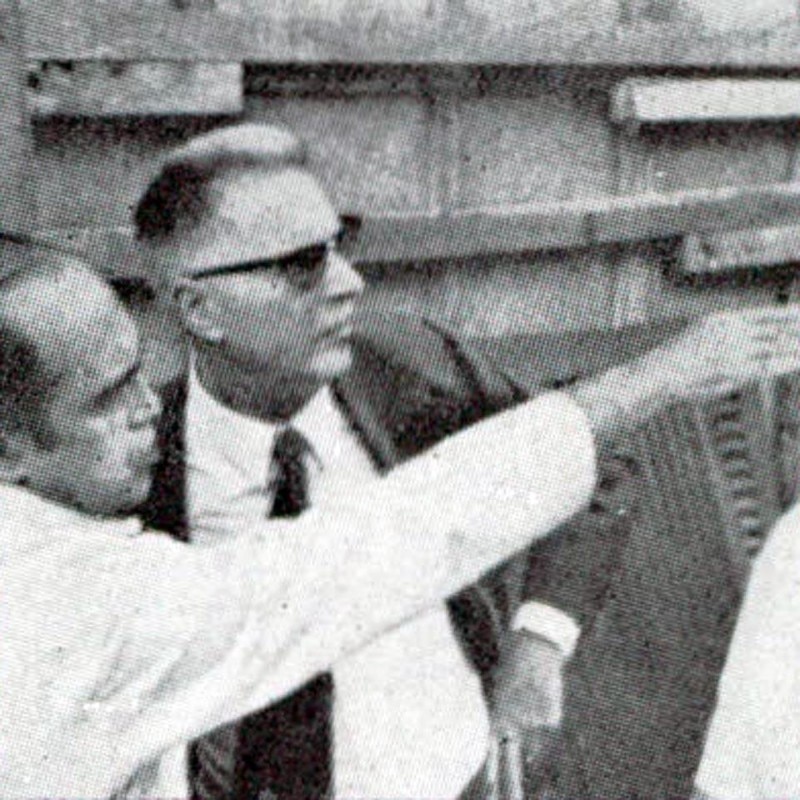
The conference hall (seating 400), isolated and half-basement, is covered by a thin concrete dome, pseudoparabolic in cross-section, set directly on the floor level of the hall. The huge concave mirror on the east front, in which “the sky of Paris is reflected”, is of extraordinary effect and also, despite Niemeyer’s stated intentions, monumental. As the leaders proclaim, “pour la première fois dans l’histoire de notre pays un parti fait de son siège une maison de verre.”
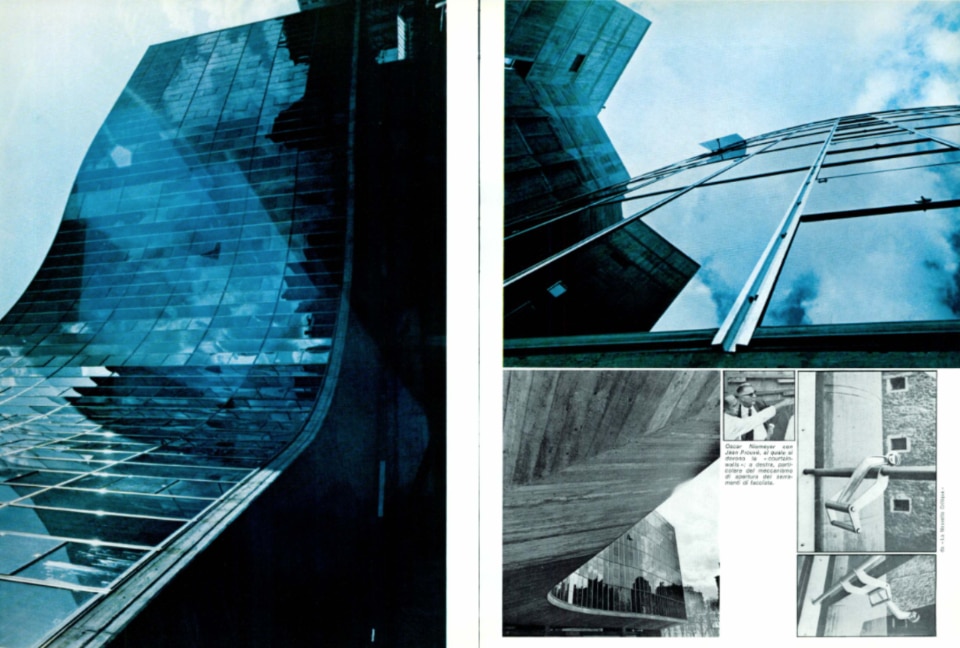
In our country, too, the Casa del fascio was supposed to be, precisely, “a glass house.” As a confessed homage to Le Corbusier, Niemeyer’s most direct and true master, are to be received the solution of the structure “sur pilotis” (although in a heterodox version because of the lowered floor and the glass enclosure) and the terrace-garden roof, a terrace that Niemeyer, always in the memory of Le Corbusier, transformed into an “promenade architecturale” because of the two technical towers (air conditioning system) emerging and and and connected by a kind of bridge.
